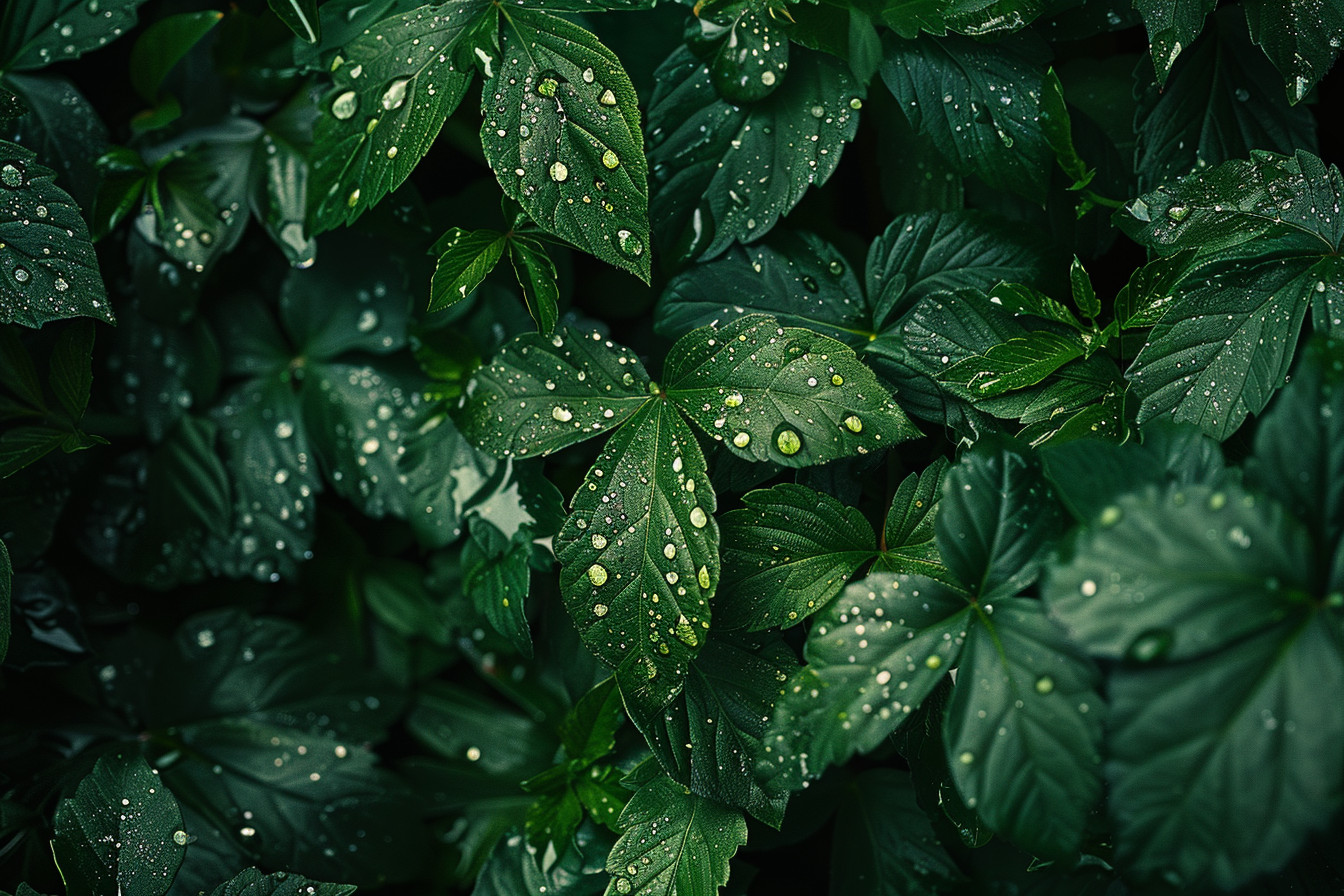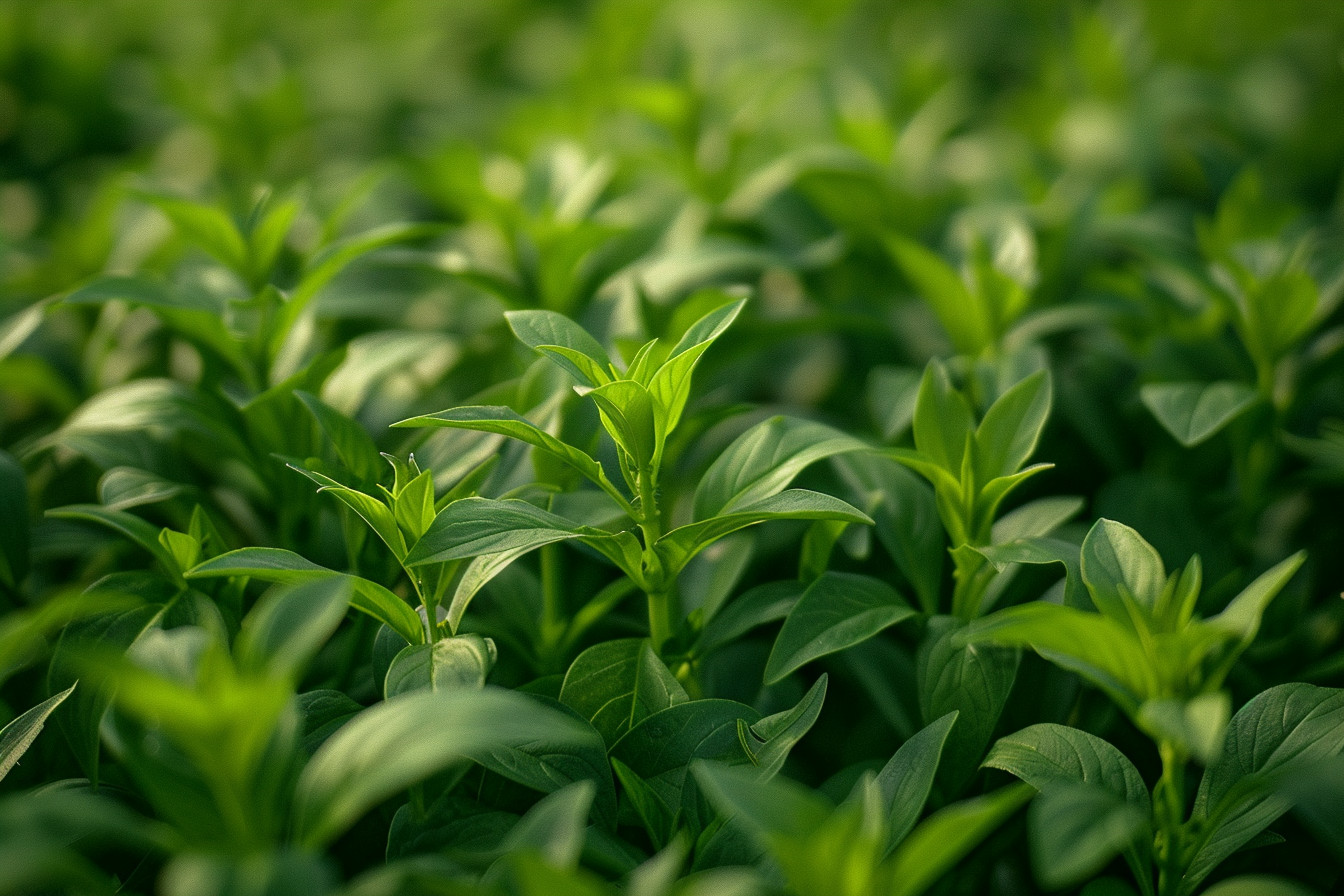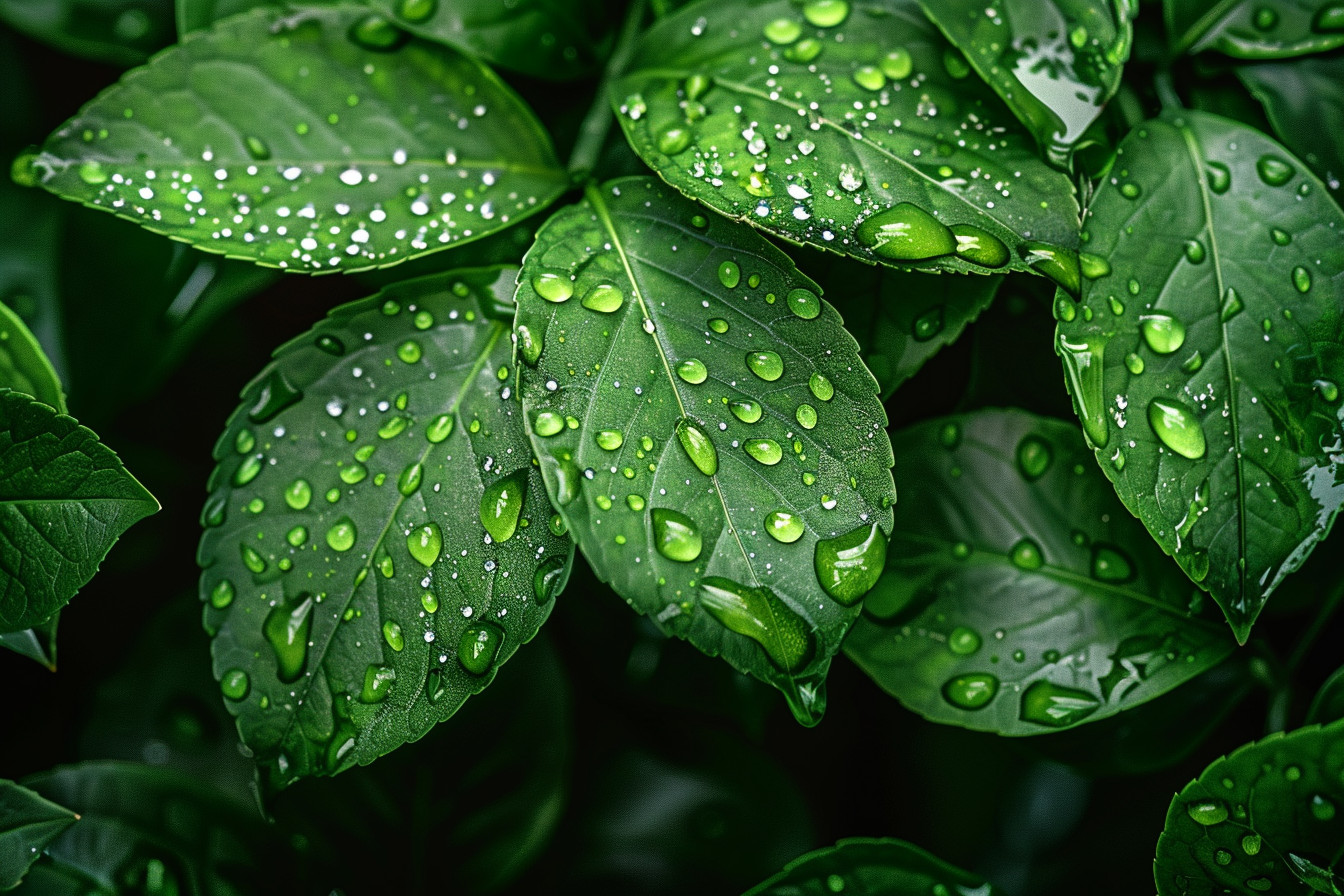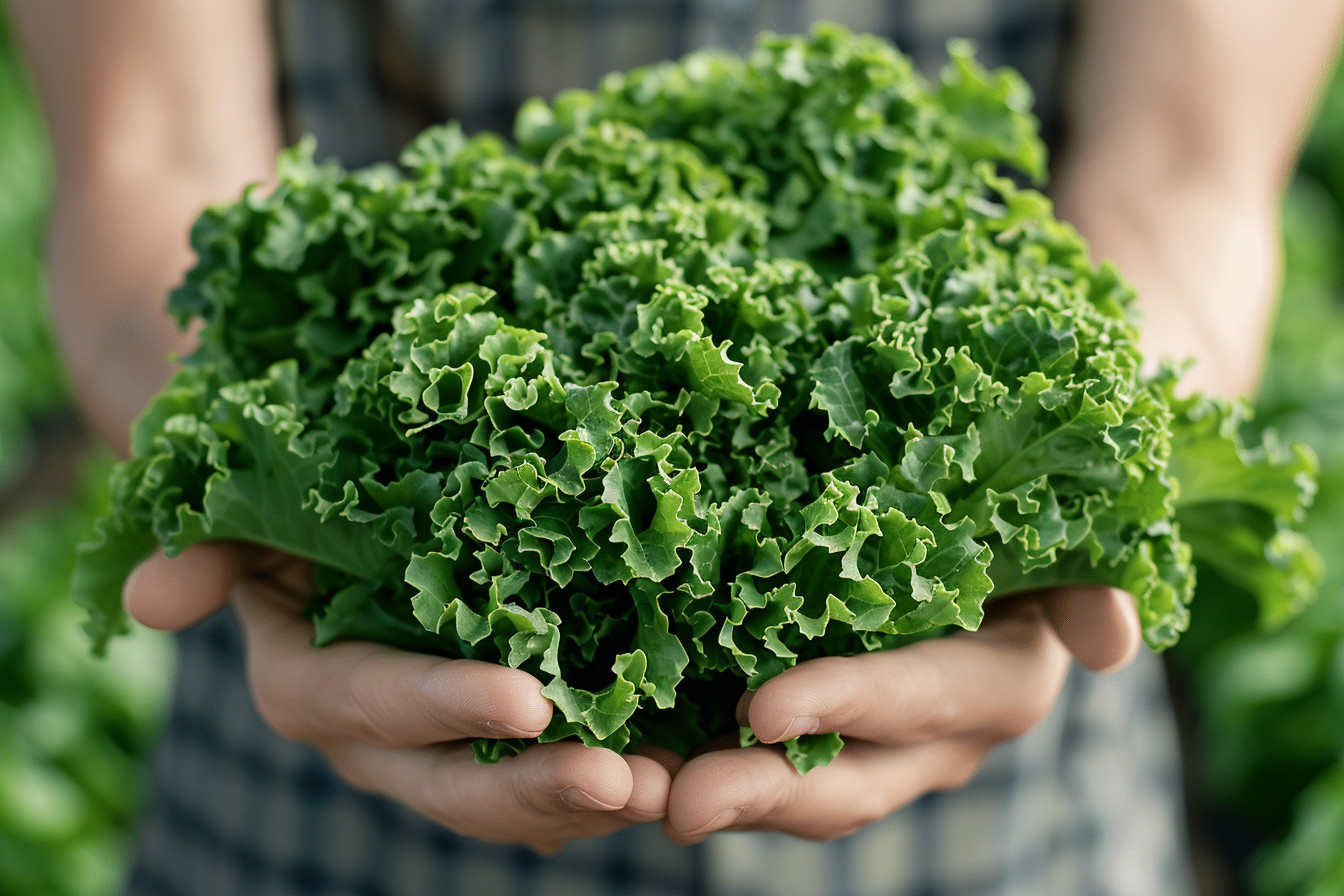You know that feeling when you’re lying in a bath surrounded by fancy products, feeling momentarily pampered, but there’s this nagging voice in the back of your head wondering about all the plastic packaging and mysterious chemicals swirling around you? Yeah, that used to be my entire self-care routine. I’d spend Sunday evenings slathering on face masks and lighting candles, trying to convince myself I was being “mindful,” while simultaneously ignoring the environmental carnage my beauty cabinet was causing.
My journey into sustainable self care started about three years ago when I accidentally bought what I thought was regular shampoo but turned out to be a solid shampoo bar. I was skeptical—how could this weird soap-looking thing possibly clean my hair properly? But desperation (and an empty bottle collection I was too lazy to replace) forced me to try it. Not only did it work brilliantly, but I started calculating the plastic bottles I wasn’t buying, and that’s when everything clicked into place.
The thing about eco-friendly self care is that it’s not about deprivation or making everything harder for yourself. It’s actually the opposite. Once you start paying attention to what you’re putting on your body and how your wellness routine affects the planet, you realize how much better you can feel—physically and mentally—when your self-care practices align with your values. Environmental self care isn’t just good for the earth; it’s genuinely better for you too.
I used to think sustainable self care products were either impossibly expensive or completely ineffective. Like those chalky natural deodorants that left me smelling like a teenager who’d discovered sports for the first time, or the organic face creams that cost more than my monthly coffee budget but made my skin break out worse than it did when I was fifteen. But here’s what I’ve learned after years of trial and (quite a bit of) error: the good stuff exists, you just need to know where to look and what actually works.
The beauty industry has this brilliant way of convincing us we need seventeen different products for every conceivable skin concern, but environmental self care is about simplifying that routine down to what actually matters. I’ve discovered that my skin is happiest with just a few high-quality, natural products rather than a bathroom cabinet full of chemical cocktails. My current routine involves a gentle cleanser made with plant-based ingredients, a simple moisturizer with organic oils, and a homemade sugar scrub I make with ingredients from my kitchen.
Speaking of homemade, that’s been one of the most surprising aspects of my sustainable self care journey. I never considered myself crafty or DIY-inclined, but there’s something deeply satisfying about making your own face masks from ingredients you can actually pronounce. Oatmeal and honey for gentle exfoliation, avocado and olive oil for dry skin, even coffee grounds mixed with coconut oil for a body scrub that makes my shower smell like a café. These simple combinations work better than most expensive products I’ve tried, and I know exactly what’s going into them.
The water aspect of eco-friendly self care has been a game-changer too, though not always in ways I expected. I started taking shorter showers to reduce water waste, but then I discovered cold therapy—not just cold showers, but ending hot showers with a minute or two of cold water. It sounds absolutely terrible (and honestly, it is at first), but the energy boost and improved circulation are real. Plus, it’s forced me to be more efficient with my shower time rather than standing there mindlessly letting hot water run while I contemplate life decisions.
One of the most impactful changes I’ve made in my sustainable self care routine has been switching to products with minimal or plastic-free packaging. Those shampoo bars I mentioned? They come wrapped in paper or not at all. My favorite face oil comes in a small glass bottle that I’ve refilled three times now. Toothpaste tablets instead of tubes, deodorant in cardboard tubes instead of plastic. It might seem like small changes, but when you multiply it by every product you use regularly, the waste reduction is significant.
The mental health component of environmental self care is something I didn’t anticipate but has become central to my wellbeing practice. There’s genuine peace of mind that comes from knowing your self-care routine isn’t harming the planet. Instead of that low-level guilt about consumption and waste, I feel alignment between my values and actions. It’s like meditation, but for your entire wellness routine.
Food plays a huge role in my approach to sustainable self care, though it took me a while to connect nutrition with environmental responsibility. I started incorporating more plant-based meals not just for health reasons, but because I learned about the environmental impact of different food choices. Eating seasonally and locally when possible has become part of my self-care practice—there’s something grounding about eating foods that are naturally available right now, in this place.
Reducing food waste has become almost therapeutic in its own way. Using vegetable scraps for homemade broth, turning overripe fruit into face masks or smoothies, composting everything that can’t be eaten—it’s like a puzzle where the goal is to use absolutely everything. I keep a “scrap bag” in my freezer for vegetable peelings and herb stems, and when it’s full, I make the most amazing vegetable stock. It feels resourceful in a way that connects me to generations of people who couldn’t afford to waste anything.
Sleep is probably the most sustainable self care practice there is, and yet it’s the one I struggle with most. No products required, no packaging, no water waste—just your body doing what it’s designed to do. I’ve been working on creating better sleep habits by reducing screen time before bed, keeping my bedroom cooler, and using blackout curtains made from organic cotton. The environmental benefits are basically zero direct impact, but the indirect benefits—better decision-making, more energy for conscious choices, less impulse consumption when I’m tired—are enormous.
Exercise as environmental self care has been another revelation. Instead of driving to a gym that’s climate-controlled and full of electricity-consuming machines, I’ve rediscovered the joy of outdoor movement. Walking, hiking, cycling, even just doing yoga in my garden—these activities connect me to the natural world while taking care of my physical health. There’s something about sweating outside, breathing fresh air, and feeling connected to the seasons that makes me more conscious of environmental protection in all areas of my life.
The skincare industry loves to convince us that we need different products for every season, every age, every possible skin concern. But sustainable self care products that work with your skin’s natural processes tend to be much more adaptable. The same plant-based oil that works as a cleanser can also be a moisturizer or hair treatment. A simple clay mask can address multiple skin issues without the need for targeted chemical treatments. It’s like minimalist living but for your bathroom cabinet.
I’ve found that eco-friendly self care practices often save money in the long run, even if the initial investment feels higher. A bar of natural soap lasts months, homemade scrubs cost pennies to make, and when you’re not constantly buying new products to solve problems created by previous products, your spending naturally decreases. The money I used to spend on an ever-rotating collection of skincare products now goes toward fewer, higher-quality items that actually work.
One unexpected benefit of sustainable self care has been how it’s connected me to a community of people who share similar values. Supporting local businesses that make handcrafted, natural products means getting to know the people behind what I’m buying. The woman who makes my favorite soap at the farmer’s market, the local company that creates plastic-free deodorant, the herbalist who taught me which plants are good for different skin types—these relationships have enriched my understanding of both self-care and environmental responsibility.
The seasonal aspect of environmental self care has become something I look forward to. In summer, I use less hot water and more cooling foods and drinks. Winter calls for richer oils and warming spices. Spring is about detoxifying practices and lighter foods. Fall brings grounding routines and preparing for the colder months. This cyclical approach feels more natural than the constant, year-round sameness that most conventional self-care routines promote.
Mental and emotional wellbeing through sustainable practices extends beyond individual self-care into how we think about our impact on the world. Practicing gratitude for the natural resources that make our lives possible, spending time in nature as a form of therapy, reducing consumption as a way to reduce anxiety about stuff and clutter—these approaches address mental health while supporting environmental health.
The ripple effects of adopting sustainable self care practices have surprised me. When you start paying attention to the environmental impact of your wellness routine, you naturally become more conscious about other areas of consumption. It’s like a gateway drug to more thoughtful living. You start questioning whether you really need that new face cream, which leads to questioning whether you need those new jeans, which leads to questioning your entire relationship with consumption and waste.
Looking back, the transition to eco-friendly self care wasn’t about giving up things I loved—it was about discovering that what I thought I loved was often just marketing wrapped around my insecurities. Real self-care, the kind that actually nourishes and sustains you, turns out to be much simpler, more affordable, and better for everyone involved. Taking care of yourself in ways that also take care of the planet isn’t just sustainable—it’s deeply satisfying in a way that temporary fixes never can be.







